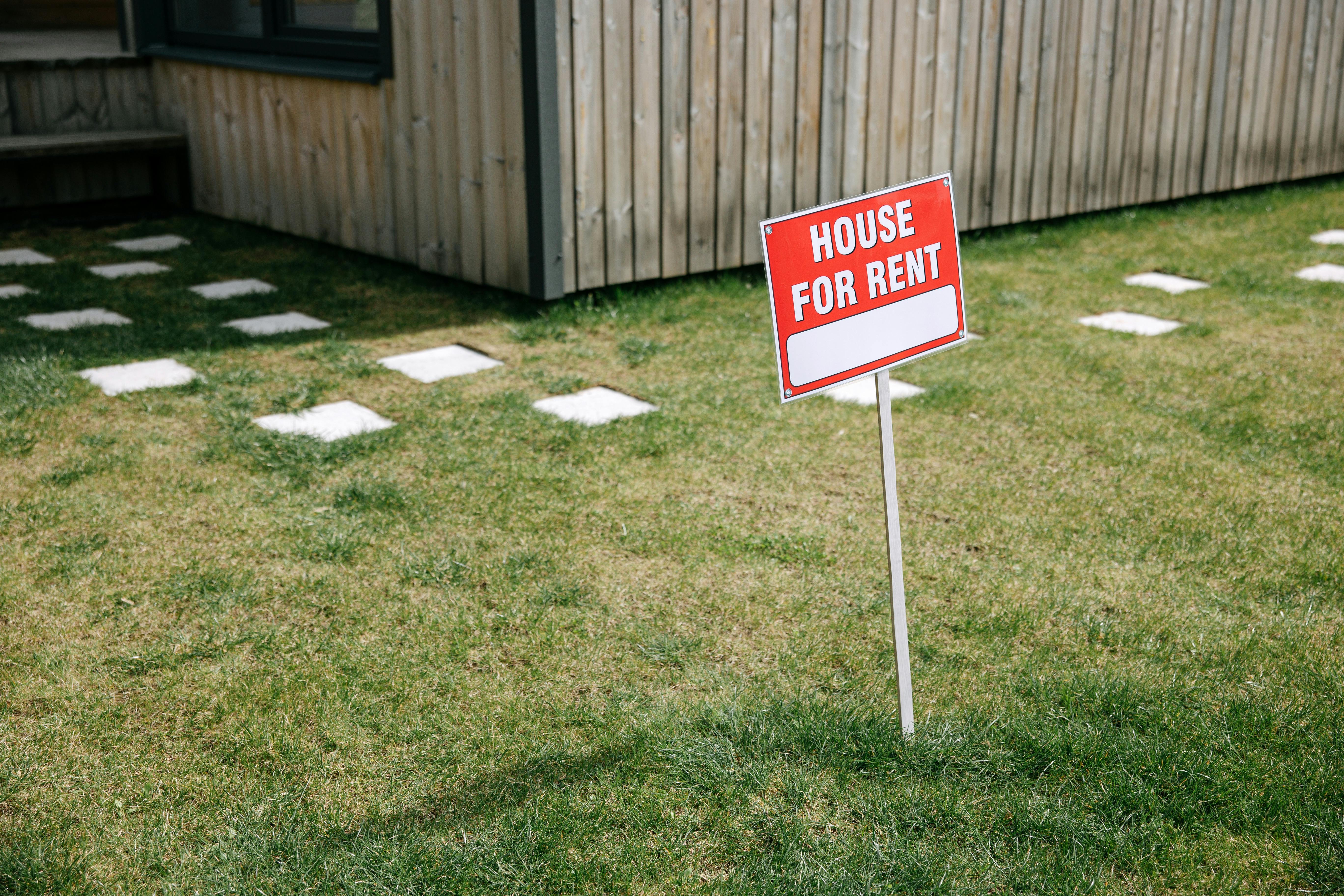When Will Housing Talk Become Homes?
We Need Affordable Housing in Particular

As a low-income student from the rural Central Valley, I never thought I would end up attending a university like UCSB. With sky-high rental prices and an infamous housing crisis, I had assumed that I would not be able to afford an expensive, coastal city like Santa Barbara. When I enrolled at UCSB as the first person in my near or extended family to ever attend a UC, I was overwhelmed with excitement and anticipation. Quickly after arriving, however, I was hit with another strong feeling. That of the housing dread.
With an average rental price of more than $4,000 for the average apartment and record-low vacancies, I had been unwillingly thrust into one of the most competitive and expensive housing markets in the country. Currently, I pay $2,000 a month for the privilege of sharing a double in on-campus housing. While I have been lucky enough to receive enough aid to make it work, this is not the case for most low-income students, who often must decide between prematurely terminating their education or relying on loans in order to cover the cost of living. In just last year alone, I watched as three of my friends and fellow students had to drop out and leave Santa Barbara after not being able to afford their tuition and housing payments.
For a community that prides itself on its top-notch education system and inclusive nature, I have often watched in bewilderment as residents rail against new housing while more students, families, and longtime residents slip into homelessness or have to settle for overpriced, subpar living conditions. For those who were fortunate enough to purchase their homes before prices spiraled into insanity, it might be difficult to understand this difficult reality we live in. But with an average rent that is more than $4,000 and only rising, I have to ask: Where will our students and teachers live? Where will our farmworkers, first responders, and other essential workers live? Where will I live?
Santa Barbara is undoubtedly a special place. With near-perfect weather and unmatched scenery, it is no wonder that residents want to “preserve” what makes this place so special. However, these questions I asked are not just hypotheticals; they are real questions and reflective of the housing insecurity that thousands of Santa Barbarians and Californians, like myself, are experiencing. By refusing to build more housing and addressing this crisis, Santa Barbara County is continuing its long history of exclusionary, and often racist, housing policies. There is certainly a reason that the South Coast is significantly whiter, richer, and older than the rest of the county and state.
These historical inequalities are obvious when comparing the demographics of the South and North counties. By overwhelmingly building housing in the North County, the county has often caved to demands of white homeowners who are uncomfortable with the idea of a duplex or apartment building next door. We cannot allow our future generations to be priced out for the sake of preserving a subjective and often problematic “neighborhood character.”
In order to build a county that supports the future while learning from the past, Santa Barbara County MUST implement a pro-housing agenda, and work diligently to ensure the rights of tenants and renters are protected. It will take a lot of work to help make Santa Barbara affordable to the average family and individual, but the Board has the opportunity to move toward this future by rezoning to allow more multifamily housing across the country and allowing more student housing to be constructed. As a student, renter, and student representative, I implore our elected officials and community members to remember those who are currently suffering, and will suffer, from the dearth of safe, affordable housing.
